Discover 9 hidden attractions, cool sights, and unusual things to do in Cotabato City (Philippines). Don't miss out on these must-see attractions: Old Cotabato City Hall Museum, Tamontaka Church, and PC Hill. Also, be sure to include Datu Odin Sinsuat in your itinerary.
Below, you can find the list of the most amazing places you should visit in Cotabato City (Maguindanao).
Table of Contents
Old Cotabato City Hall Museum
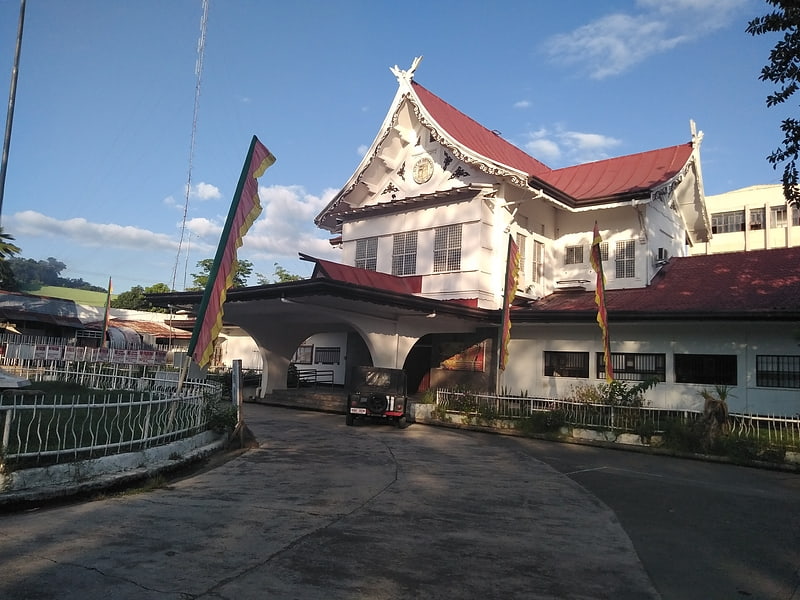
Old Cotabato City Hall Museum is a city museum fronting Rizal Park Plaza in Cotabato City, Philippines. The structure was built in 1940s as the Municipal Hall of former Municipality of Cotabato also served as the visitors information center.[1]
Tamontaka Church
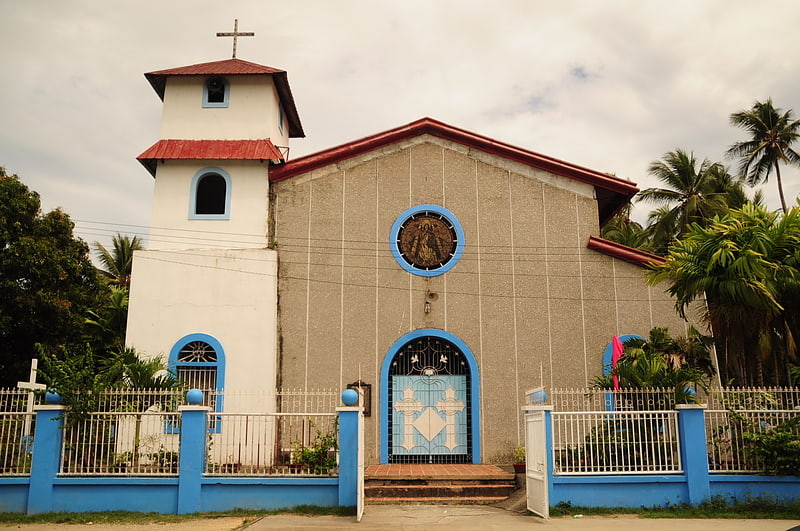
Catholic church in Cotabato City, Philippines. The Church of the Immaculate Concepcion of Tamontaka, also known as the Tamontaka Church is a Roman Catholic church in Cotabato City, Philippines.
The church was established by Jesuit priests as part of the Tamontaka Mission which focused on the youth as well as the evangelization of Christianity in the Cotabato region in the late 19th century. The original church structure was built in 1872 along the Tamontaka river. Two schools one exclusively for boys and another for girls were established. The former was managed by the Society of Jesus and the latter was run by the Beatas de la Compania de Jesús (now the Religious of the Virgin Mary). The church was moved to its present site in 1879. The Jesuits of Zamboanga took over the establishment in 1899.
In 1939, the church became part of the Cotabato mission of the Oblates of Mary Immaculate. The church building was destroyed in an earthquake on August 17, 1976, and was rebuilt after two years. The building sustained damage in a fire on May 11, 1994, and was repaired within a year. The church was declared a National Historic Landmark on July 19, 2004.
The church is connected to a catacomb through a tunnel. The tunnel itself is part of a network of caves connected to the Pedro Colina Hill.[2]
PC Hill
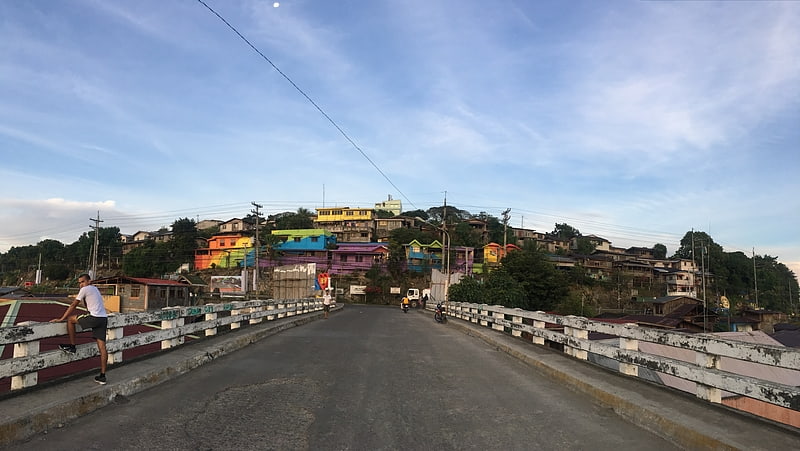
Pedro Colina Hill, also known as PC Hill or Tantawan, is a hill in Cotabato City, Philippines.[3]
Datu Odin Sinsuat
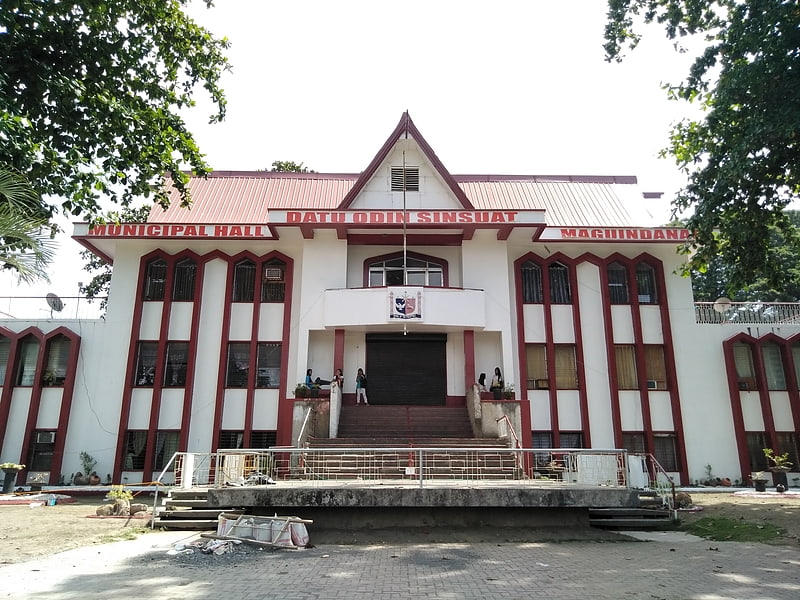
Municipality in the Philippines. Datu Odin Sinsuat, officially the Municipality of Datu Odin Sinsuat, is a 2nd class municipality in the province of Maguindanao, Philippines. According to the 2020 census, it has a population of 116,768 people.
In 1955, the barrio of Upi was separated from Datu Odin Sinsuat to become the town of Upi.
The town's name was formerly known as Dinaig. It was changed to Datu Odin Sinsuat in 1994, by virtue of Muslim Mindanao Autonomy Act No. 29.
The town was part of the province of Shariff Kabunsuan and served as its capital from October 2006 until its nullification by the Supreme Court in July 2008.
The municipality is home to the Awang Domestic Airport that serves the province and Cotabato City.[4]
Tantawan Park
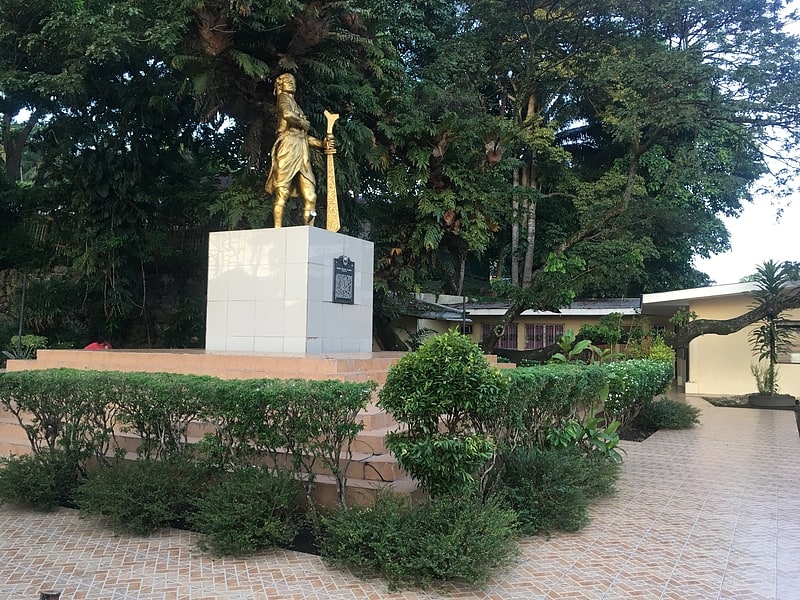
Park in Cotabato City, Philippines. Tantawan Park is a historical park in Cotabato City. Located on the corner of Quezon Avenue and Sinsuat Avenue, next to the Central Bank of The Philippines - Cotabato City Branch and Immaculate Conception Cathedral Cotabato, locals use the park for the relaxing massage offered by the therapist while viewing the busy street and the monument of Muhammad Kudarat.
Situated at the foot of Pedro Colina Hill, also known as Tantawan, it is a historical site in Mindanao. It served as the watch tower of the natives during their defence of the island from the invasion of the spaniards dated 1635 to 1645.[5]
Address: Sinsuat Avenue, Cotabato City
Shariff Kabunsuan Cultural Complex

Regional government office in Cotabato City, Philippines. The Shariff Kabunsuan Cultural Complex is a convention center in Cotabato City, Philippines. It is the meeting place of the Bangsamoro Parliament which is the regional legislature of Bangsamoro. Its main hall has a seating capacity of 490. The building was built during the time of Simeon Datumanong, to provide space for an auditorium, library, and museum for residents of Cotabato City.
In February 4, 2019, a new museum named the Bangsamoro Museum was inaugurated by the now-defunct Autonomous Region in Muslim Mindanao regional government. The muesum is managed by the Bangsamoro government's Bureau on Cultural Heritage.[6]
Bangsamoro Government Center
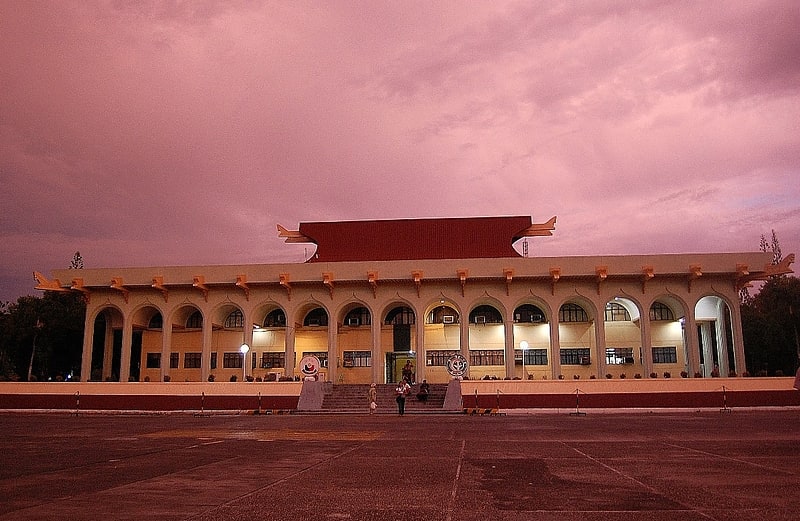
Building in Cotabato City, Philippines. The Bangsamoro Government Center, also known as the Office of the Chief Minister, or simply the Bangsamoro Office, is a government building in Cotabato City, Philippines. It serves as the executive office of the Chief Minister of the Bangsamoro Autonomous Region in Muslim Mindanao and formerly served as the executive office of Regional Governor of the now defunct-Autonomous Region in Muslim Mindanao. Nicknamed as the "Little Malacañan of the South", it was built in 1976 by then-President Ferdinand Marcos. The building was formerly known as the Office of the Regional Governor. The building was renamed as the Office of the Bangsamoro People upon the completion of its seven-month renovation on July 30, 2014. The building also includes a 200-square-meter prayer room.[7]
Address: Cotabato City, BARMM Complex, Brgy. Rosary Heights VII, Cotabato City
Kutawato Caves
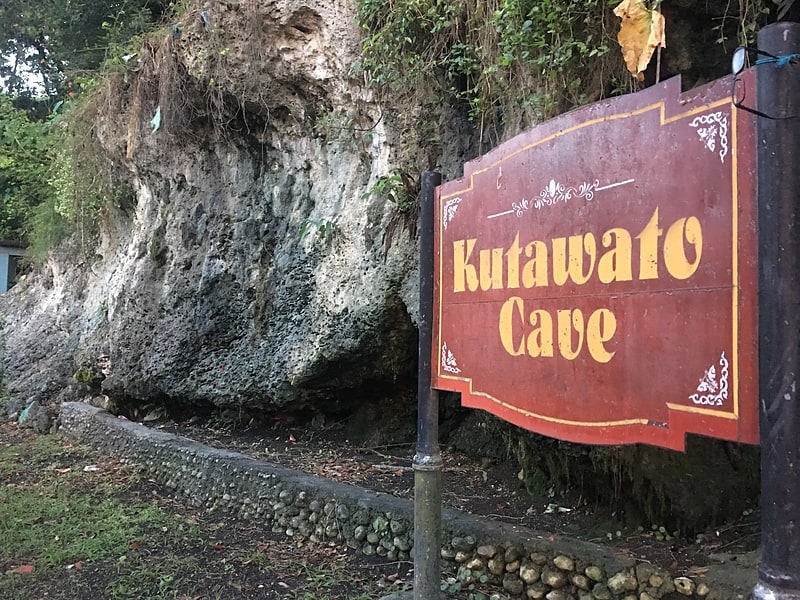
Kutawato Caves or Kutang Bato Cave is a cave in Cotabato City, Philippines. The only cave system in the country, situated within the proper of a Philippine city, the Kutawato Caves is located in the foot of Pedro Colina Hill. It has a lot of hidden underground passageways. One of these is the tunnel connecting the cave to Tamontaka Church, the oldest church in the city.
This cave was also the source of the city's present name kuta means fort and wato means stone.
Hence, the name 'fort of stone' which later on became Cotabato. Its wall of white, beige and brownish shade glitters in the dark and echoes a colorful past dating back to the days when no foreign foot yet trampled upon this land.
The cave had given sanctuary to the natives when the Spaniards tried to convert them into the Castillan faith and has served the purpose when Filipino guerillas fought the invading force of Japanese Imperial army during the World War II. When the Japanese firepower proved superior to that of the natives, the cave was then used as an armory and even a garrison. There are four entrances, namely : the provincial Capitol Cave, Bagua Cave, Caverna Espanol and the Kuweba ni Satur.[8]
NDU - Elementary Training Department
